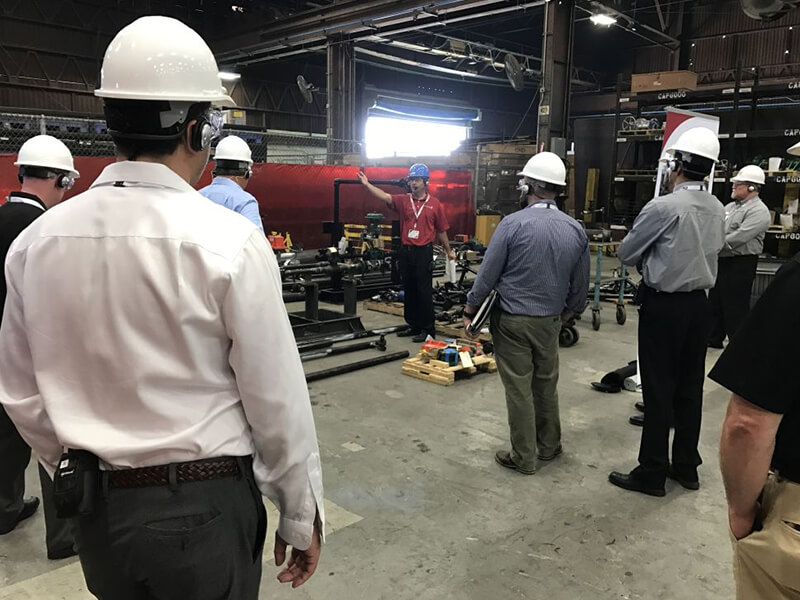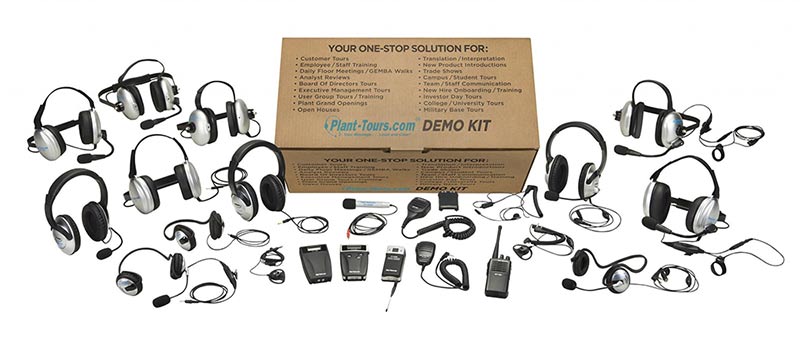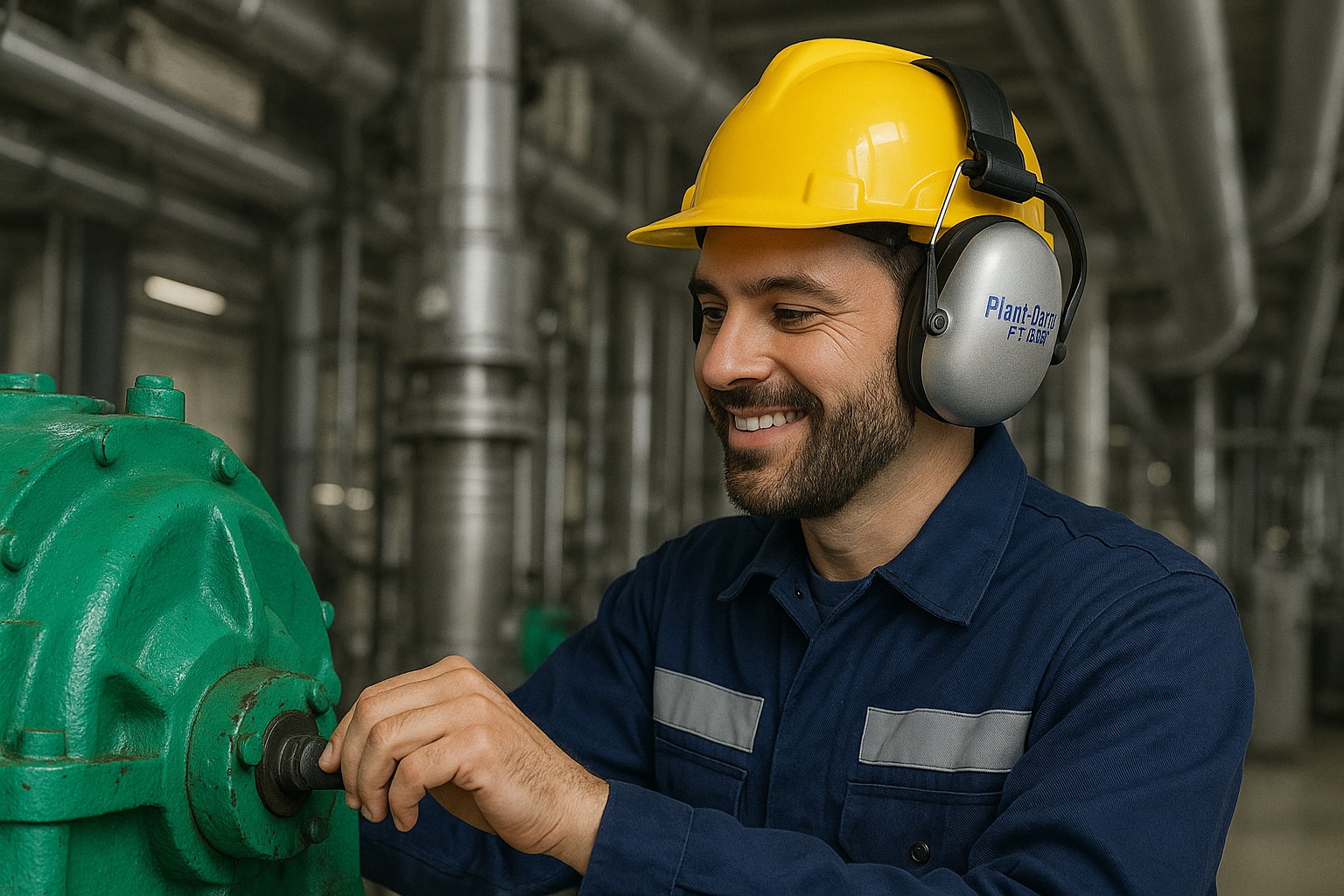The tour business today is once again thriving. Tour operators and travel businesses around the world are competing to provide the best possible user experience for their clients — both locally and internationally. And a good tour guide is an integral part of that experience.
Factors Influencing Tours
What makes a good tour guide depends on a number of different factors. The country, its culture, and the location play a big part. And the type of tour itself is equally important.
For example, the great outdoors is different from the hustle and bustle of the big city or the serene halls of a museum.
A food tour is not the same as a sightseeing excursion. So each company has its own unique tour guide system and culture. But when it comes to the tools and resources tour guides worldwide use on a daily basis — these are generally similar across the board.
5 Best Tools For Tour Guides?
So what exactly does a professional tour guide need to provide their clients with the best tour and make sure that everyone is both safe and sated? We’ve listed some essentials below.
1. First Aid Kit
No matter the tour, safety should come first. The First Aid Kit was invented by U.S. pharmacist/scientist Fred Kilmer and released by Johnson & Johnson in 1888 to ensure railroad worker safety. Since then, it has become an indispensable component of almost any business. And if you’re a tour guide, it’s essential that you have one on hand too.
Tour guides work with people of varying ages, levels of physical fitness, and health conditions. Most guides are not required to have any medical training, and they usually don’t have a detailed knowledge of each group member’s medical history. Plus, the types of tours out there are countless, so there are countless factors that might take a toll on a person’s health. A client might be affected by weather conditions, physical strain, a sudden injury from a challenging terrain, or an unforeseen food allergy. A first aid kit helps you be prepared for an emergency.
Contents of The Kit Can Vary
The contents of your particular kit may vary depending on the nature and size of your tour. But having one available is crucial. It might not only prove life-saving, but it also brings peace of mind to both you and your client.
Emergency Contacts
You also want to be able to call for help, if necessary, quickly. So make sure to have a charged phone. And maybe have a physical note with easily accessible emergency numbers inside your kit too.
2. Tour Guide System to Amplify Your Voice
A tour guide system is essential for communicating with tour groups in noisy settings. Travel and tourism are booming in most major cities of the world. Their streets are crowded with both locals and travelers, so you may find yourself right next to other tour groups while conducting your own tour.
The settings and environments are innumerable, ranging from museum rooms and historical monuments to nature walks and tropical waterfalls. While you may be familiar with the terrain, it can be difficult to predict the level of background noise in any given setting. One good way to reduce the noise on your tour is to use two-way headsets to communicate with your group.
Wide Variety of Tour Guide Systems On the Market
Many tour companies will provide their guides with some sort of device to amplify their speech. If not, there are plenty of reasonably-priced systems on the market for you to choose from (e.g., one-way tour guide system, wireless microphones, etc.)
Since the size of your tour group may vary depending on the day, season, weather conditions, and other factors, it’s best to come prepared. Communicating effectively with two or three people is very different from being heard and clearly understood by 15 to 20. Plus, with larger walking tours, it’s not uncommon for some clients to linger near a point of interest while the rest of the tour moves on.
Talking loudly under these conditions for extended periods of time can be a strain on your vocal cords and overall health. It’s far better to amplify your voice with an affordable device.
3. Offline Maps
A map is traditionally a tourist’s best friend, no matter how geographically apt they might be. But a map is also an invaluable resource for the tour leader. As a tour guide, you definitely want to know where you are at all times.
Physical fold-out maps are still very common in tourism, but they’re not for everyone. And they might even seem somewhat impractical in the face of Google Maps and countless other mapping options people have on their mobile devices. But even in the high-tech world of today, wifi and internet are never guaranteed. So it’s essential that you have access to a map regardless of connectivity.
Most well-known locations will have a number of options for offline maps. But even in more isolated places, it’s relatively easy to get yourself an offline version of some sort of template of the area.
As an extra courtesy, you and your tour company may extend the offline map option to your clients. You can customize one with the specific points of interest of your unique tour. Customers can download your offline map onto their mobile phone when booking the tour (or in person via a QR code, for example). That way, no matter where you go during the tour, you and your clients will always be on the same page.
4. Portable Charger
The average duration of guided tours worldwide can range anywhere from 30 minutes to four hours. Most tour guides will give more than one tour a day, sometimes with minimal breaks. And some tours can last a whole day. Therefore, easy access to electricity and sufficient enough time to charge a device are often not an option.
When conducting your tour, you want to make sure that your tour guide system, your digital (online or offline) map, and/or any other technological device that you are using are not running out of battery. The easiest and best way to ensure this is to have a portable charger.
As an example, our PT-1200 Charging Case is great for tours with up to 12 attendees.
The battery life of any portable device depends largely on the level of usage. But no matter the length of your tour and your device’s battery life — better safe than sorry.
Having your phone and other devices charged and working will ensure that your tour goes smoothly from beginning to end. It will also help guarantee the safety and security of your clients. If there is an emergency, you can always contact someone for help. So a portable charger is key.
5. The Right Apps
A translation app in your pocket is always a good idea too. Most people going on a tour usually know at least some of the language spoken. But miscommunication can still happen. Plus, your clients may ask you some unexpected questions about the local culture and its language. This is where translation apps like deepl.com come in very handy. And there are plenty of others — so do some research and find one that works best for your particular tour and clientele.
Safety Apps For Tour Guides
Safety apps are another important factor to consider. Because you never know when you might have to deal with a medical or another emergency.
Local weather and news updates, first response training (like the Red Cross First Aid), and other easy-to-use apps can help you deal with any unexpected situation. Safety apps will help ensure that you feel prepared and have peace of mind throughout the day.
Many translation and safety apps these days are also available for offline use. So talk to your tour company, do your own research online, and start downloading.
Additional Considerations When Choosing Your Tour Guide Tools
Some other things to consider when preparing your tour are things like the weather, visibility, the season, traffic, and the type of equipment your specific tour might require (e.g., hiking boots, raincoats, etc.). For example, umbrellas are a common thing for tour guides to have on hand. These aren’t necessarily just for the rain, though — they’re often there to help ensure that their group can easily spot them.
Invest in Your Digital Promotion
You also want to think about what your customers can see and do before, during, and after their experience. So make sure to have a strong social media presence. Update your website and/or your LinkedIn, Facebook, Instagram, etc. profiles often. You can also print some brochures and business cards and have a stack of these on hand. And invest in spreading the word about your tour, online and off.
Since your customers come from all walks of life and cultural backgrounds, you want to make their online experience as smooth as possible too. Make pricing and online booking options clear and easy to understand. Be sure that your booking system is user-friendly by staying up-to-date on the latest booking software. And opt for real-time notifications — from the market to the weather — to stay informed about your business and its progress.
Also, try to familiarize yourself with tourism marketplaces, both in your area and worldwide. Research other tour providers to see what they are doing online, behind the scenes, and during their tours. Google Analytics and other business integration strategies are essential here — they will help you stay ahead of the curve.
Establish Partnerships
And reach out to other companies. Hotels, hostels, airlines, car/bike/scooter rentals, restaurants, museums, and countless other businesses can greatly contribute to your unique tour experience. So talk to people and see how your companies can help each other grow.
The tools and resources you use will depend on a number of different factors. But it all comes down to the type of tour you plan to conduct. So make a few checklists, do some homework, and start crossing things off.
Final Thoughts
Being a tour guide can be a very rewarding job.
You get to familiarize people with cultures and experiences that they otherwise might never know about. You help make precious memories that can last a lifetime.
You educate people and enhance their overall travel experience in numerous ways. And you also gain a more and more in-depth understanding of your own area and culture on a daily basis.
The job can also be quite challenging and demanding. But with the right tools — you, your tour company, and your clients are sure to feel gratified and content at the end of the day.






